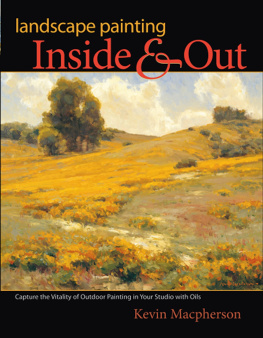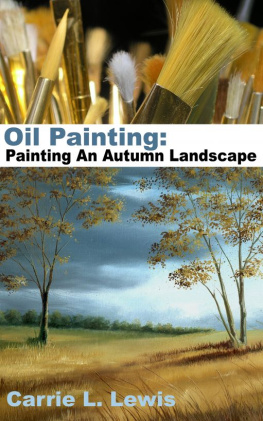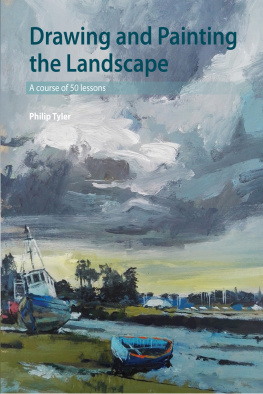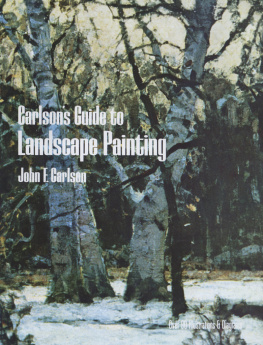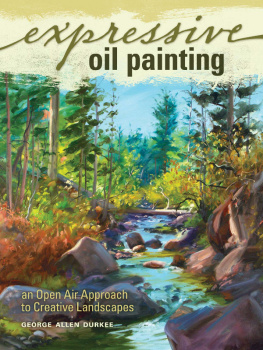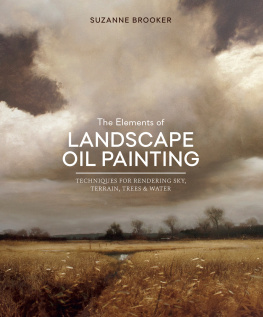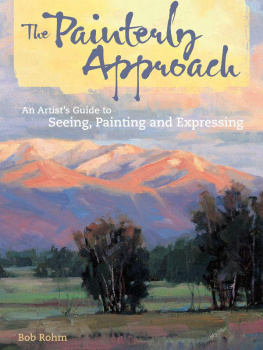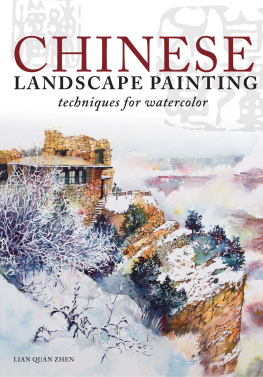Page List
Landscape Painting
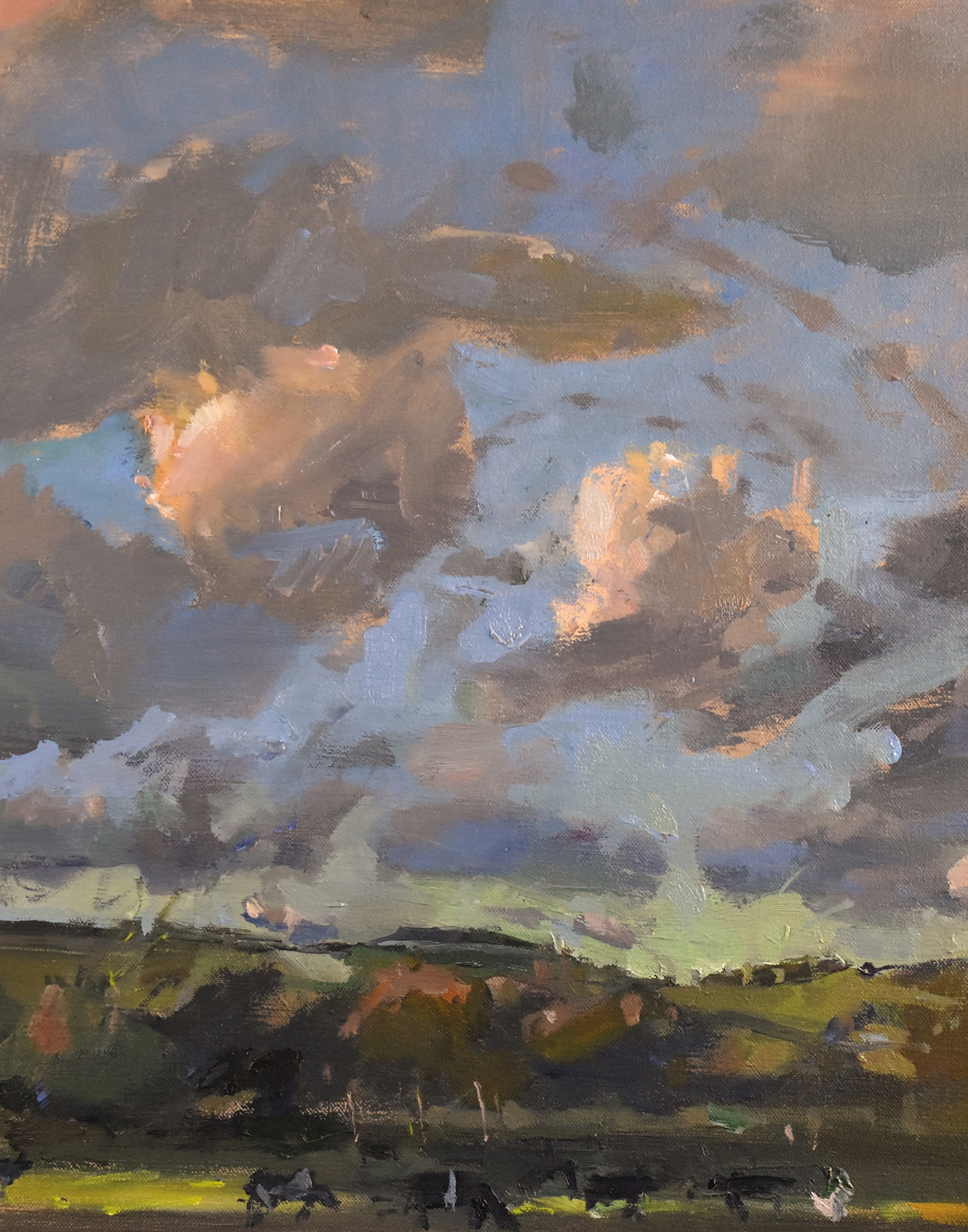
Landscape Painting
RICHARD PIKESLEY

First published in 2019 by
The Crowood Press Ltd
Ramsbury, Marlborough
Wiltshire SN8 2HR
www.crowood.com
This e-book first published in 2019
Richard Pikesley 2019
All rights reserved. This e-book is copyright material and must not be copied, reproduced, transferred, distributed, leased, licensed or publicly performed or used in any way except as specifically permitted in writing by the publishers, as allowed under the terms and conditions under which it was purchased or as strictly permitted by applicable copyright law. Any unauthorised distribution or use of this text may be a direct infringement of the authors and publishers rights, and those responsible may be liable in law accordingly.
British Library Cataloguing-in-Publication Data
A catalogue record for this book is available from the British Library.
ISBN 978 1 78500 672 2
DEDICATION
To Debs, of course. But as painting can be a mysterious and intangible business, and never knowing what I know until its said out loud, this book also owes much to all those students, teachers, friends and fellow artists, conversations with whom have shaped and given voice to how I feel about painting.
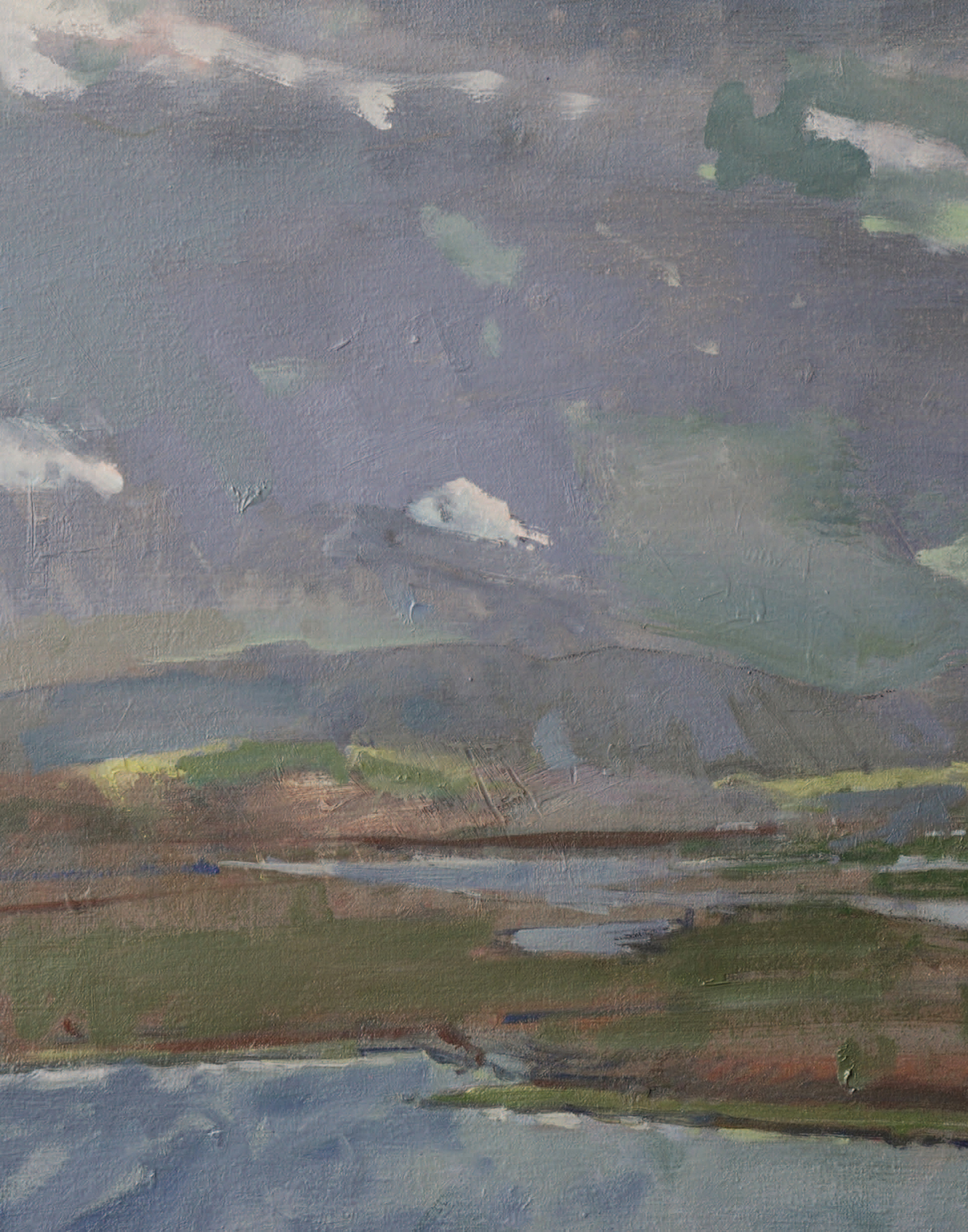
Introduction

F or most of my working life I have been a landscape painter. As a child I drew and painted, and made a mess, all the time. Later, after Id finished my years at art college and was teaching full-time, I would always have my paints and brushes with me so that I could squeeze in a brief spell of working on the spot on my journey to and from work. Id organized my life so that I had a twenty-mile drive to and from work each day, initially over the Chiltern Hills and then along Dorsets extraordinary Jurassic coast. That daily thread of work kept me sane and kept me going as a painter. Alongside having to order my thoughts to teach others it was the most formative part of my development.
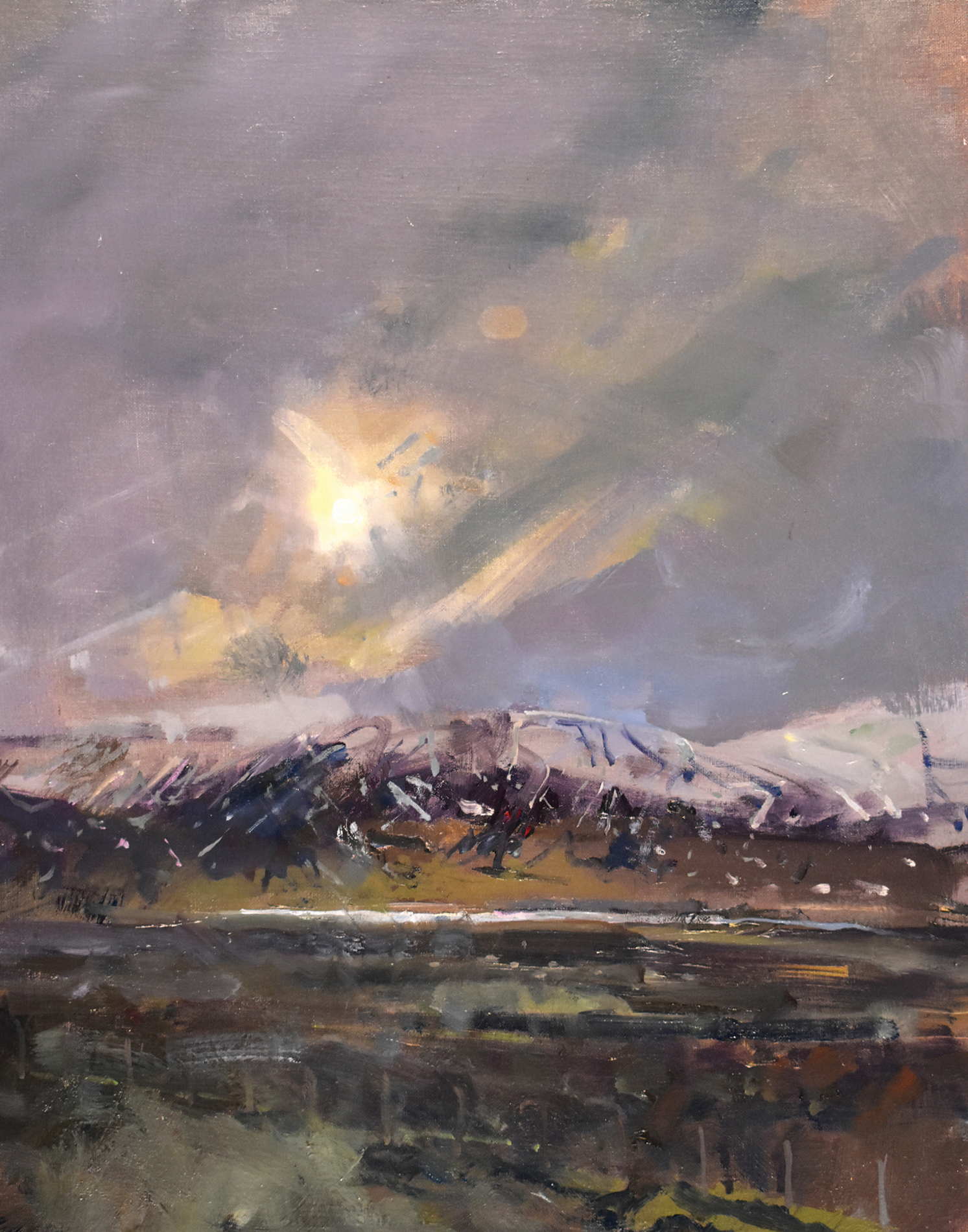
Iceland the Journey North. Oil on board, 20 16 in (51 41 cm), Richard Pikesley.
I mention this now as I know that, for many readers, painting landscape has to be fitted around busy lives, perhaps at weekends or an annual holiday. What I hope you will take from this book is that painting, and more particularly working from landscape, is an ongoing and immersive process, something to do every day, even if just for five minutes in a sketchbook or perhaps in your head on a train journey. Its as much about habits of seeing as about doing, and even a modest amount of time set aside each week will be enough to get you started.
For the past thirty years I have been lucky enough to paint full-time and am able to organize my life around a cycle of painting and exhibiting. The paintings I am doing now have roots that go a long way down, back into my past and an accumulation of earlier experiences and encounters. But alongside painting Ive always kept a thread of teaching going and find it hugely enjoyable working alongside individuals and small groups. It is from this experience, and many conversations and encounters, that this book has grown. Painting is a long way from the sequential inevitability that is described in many books on the subject. For me it is increasingly something that I do all the time, but which involves many false starts and changes of direction along with some surprises. Although to be a good practitioner it is necessary to have a good grounding in the painters craft, painting itself is not simply a craft activity where if you do the right things in the right order, success will follow; much of this book is therefore about ways of looking as it is about making paintings. Like the threads of a tapestry, todays painting might pull on threads that stretch back many years and stitch them in with something brand new and that Ive just seen.
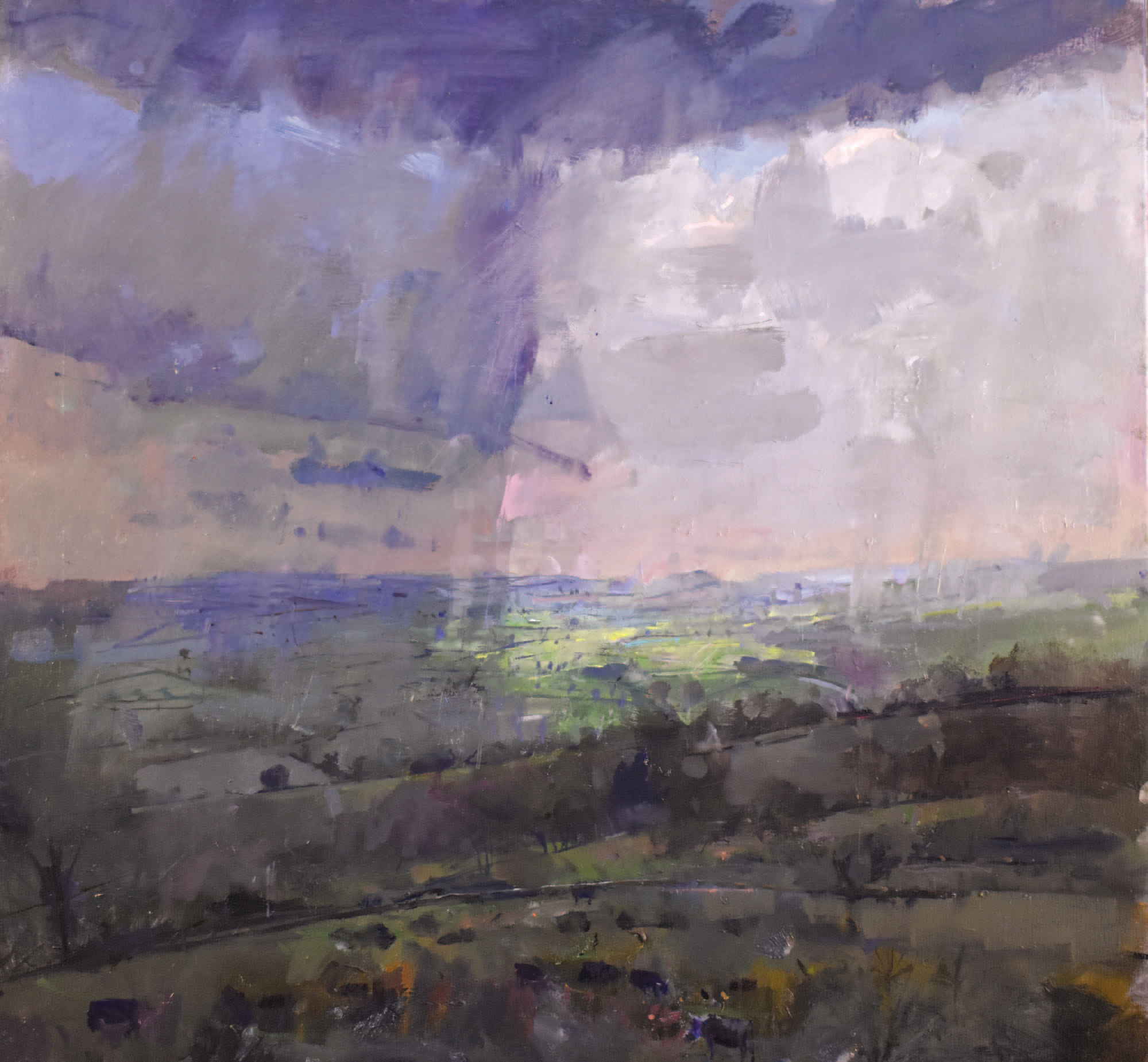
Rain Passing, Pilsdon Pen. Oil on canvas, 34 36 in (86 91 cm), Richard Pikesley.
For those who have already gained some experience painting in other genres, much that you have already learned will be helpful. Landscape painting does however present the painter with new challenges, both in terms of how the visual world is seen and understood and how that vision might be translated into paint. Working outside often involves dealing with much bigger spaces than those encountered in a studio and much of the landscape painters thoughts will be directed towards dealing with this. Consider too that there are no hard and fast boundaries around any of the categories of painting, and landscape painting isnt always about fields and cows. Subjects might, for example, be urban or marine and the approach may vary from the highly realistic to painterly abstraction or narrative fantasy. This book aims to give the reader a grounding in technique and ways of seeing, but without in any way hampering individuality or the development of a personal voice.
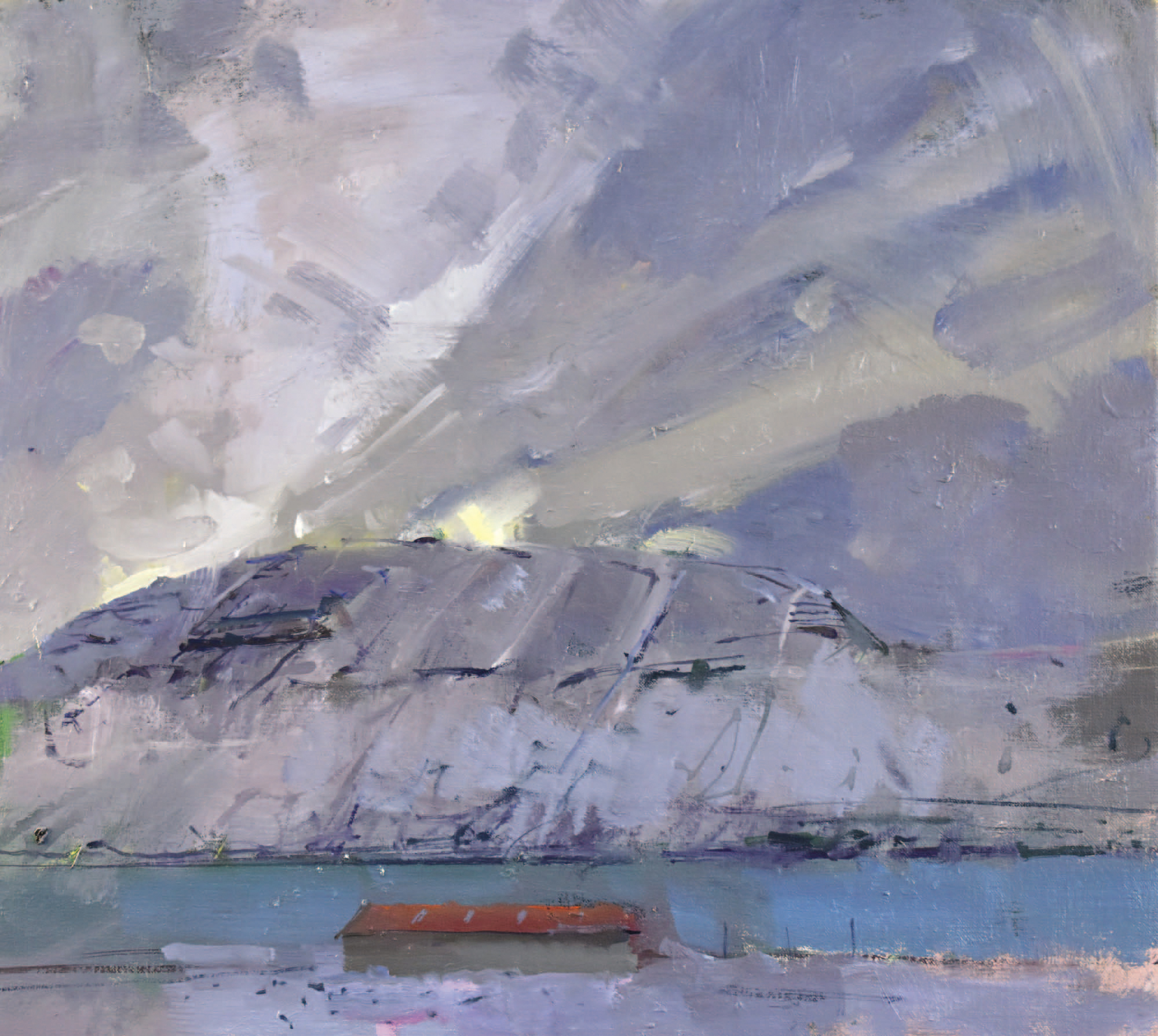
Red Roof, Iceland Sunrise. Oil on canvas, 18 20 in (46 51 cm), Richard Pikesley.
Teaching also involves lots of learning, and I know that having to find ways to verbalize all of the rather intangible processes that are involved in the business of painting has helped me understand more. There have been some memorable moments, often one-to-one conversations with students that have helped us both. Sitting at a painters shoulder I can say look at that or have you thought of this? Having the landscape and the painted response in front of us speeds up the learning process. Painting often feels like a three-way conversation between the artist, the subject and a developing image, and a good teacher simply adds a fourth voice. Ive written this book imagining that I am by your side as you work.
I have tried to get you drawing and painting straight away in , and the topics covered do develop in complexity as the book progresses; however, I could have put the chapters together in various different sequences. Above all, I hope the book gets you thinking about painting and how we explore and make sense of the visual landscape.
CHAPTER 1
Seeing and Painting

M y own experience is that its much easier to be aware of what I see when Ive got a pencil or a brush in my hand. The act of making a mark closes the circuit between the world out there, my thinking eye and a developing image of what I see. It enables the question, Is that what I see?, from which the rest simply follows.
Making a drawing slows me down, makes me stand and look and, in addition to the drawing itself, gives me time to process a visual memory and experience of a place. It allows me to make the first step towards the translation from the messy and complicated three-dimensional world towards a response to the encounter on canvas or paper.


